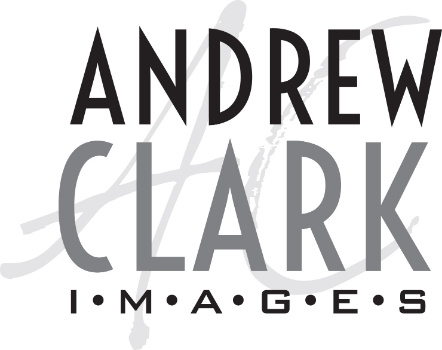The Ambrotype and Tintype is one of several direct positive images made in camera. One other direct positive image, is a Daguerreotype. A Daguerreotype looks almost identical to Ambrotype, yet presents a mirror like finish and can only be viewed at an angle.
In 1847, John Parker Maynard formulated a medical dressing called collodion that could be used to cover wounds from battle. The result of a mixture of nitrated cotton was a clear viscous fluid that when applied to bandages covering a wound. In 1850, Robery Bingham suggested that the collodion solution could be used as a binder holding silver halide onto glass or other support. Further development by Frederick Archer and Peter Fry led to application of dark varnish to a piece of iron creating a ferrotype or tintype.
The Ambrotype was introduced in the 1850s. The Ambrotype is a positive photograph on glass. During the 1860s it was superseded by the tintype, a similar photograph on thin black-lacquered iron, hard to distinguish, from an Ambrotype if under glass.
Tintypes enjoyed their widest use during the 1860's and 1870's. The tintype was cheap and civil war soldiers could carry their loved ones in their pocket.
Process
The first step in conservation of a Ambrotype & Tintype is a thorough examination of the condition of the case and the surface of the image surface. Photographs should be taken throughout the process and to further document the condition of the photograph before restoration is undertaken.
Next I took a small plastic pry tool used in computer repair and went around between image and case. I lightly pried and worked the brass frame, being careful not to bend the copper, top glass layer, and image glass all in one from the case. Photos were taken.
The brass frame is actually two pieces. A flat piece that sits on top of the image and provides the decorative framing around the portrait and the thin border piece around the case. The thin border has four flaps that wrap around the copper frame and glass pieces.
Carefully unhinging the copper border, I removed both layers of glass and frame. The copper frame was laying on top of the glass loosely.
Loose dirt should be dusted or air blown from the photograph, if it can be done in such a way as to not disturb the image or cause additional damage, before the copy is made.
The image support, glass, mat and case can be preserved and restored in the 19th century formats. A photographic conservator or specifically trained conservation technician can remove a daguerreotype from its casing for restoration purposes. Dirt, dust and debris from the surfaces of all layers except the image emulsion itself can be removed using hand held blowers and/or soft brushes. Do not try to brush dust off a Daguerreotype as the image surface is very delicate and could be brushed off.
If the existing glass is stained or dirty it can be carefully washed and with soap and water. Glass cleaners that contain ammonium hydroxide should never be used. It is preferable to reuse the original glass but if the glass cover is missing or damaged, it can be replaced using modern window glass. UV Glass might also be used. Modern window glass is susceptible to conditions of high relative humidity and for this reason the vintage glass should be reused if possible.
The vintage glass was in great shape, so I washed the glass in dawn soap and water.
The layer of varnish, is sometimes pitted or is no longer there in places. To further protect the surface even more from contaminants, I revarnished the surface using a sandarac varnish.
Once all the layers surrounding the Ambrotype or Tintype plate have been restored or replaced then reassembly can be carefully begun. The layers are assembled and clamped together on the short sides of the assembly. The long sides are taped using a tape that makes use of an inert polyvinyl acetate adhesive. I use a book tape that has acid free adhesive. Once the long sides have been taped, then the clamps are removed from the short sides and the short sides are taped. Taping holds the layers together and seals the image package from external pollutants and contaminants. Restoration of the original casing should also be done if possible. Casing hinges should be repaired or replaced.
The square case was typically made of what's known as Gutta Percha, a thermoplastic or a polymer of isoprene. Or could be made out of pressed wood wrapped in a layer of decorated leather. The interior of the case underneath the image could be lined with a fabric or paper.
Interior linings were often made of silk or velvet. If the lining has been torn and can be mended than repair should be attempted before replacement is opted for. Exterior surfaces and corners are often scratched and worn over time.
Layers of an Ambrotype & Tintype are almost identical:
Case
tintype on japanned glass or blackened glass
ambrotype is collodion and silver nitrate on glass
layer of varnish to seal image surface from pollutants and contaminants
layer of pine resin along the edges of image surface
layer of glass sitting on top of resin
Copper or brass decorative frame
another layer of copper or brass trim frame
sometimes a layer of glass is laid on the very top instead of the resin and glass layer
If you would to have a one of a kind tintype image taken, check out my Tintypes page


Leave a comment
0 Comments